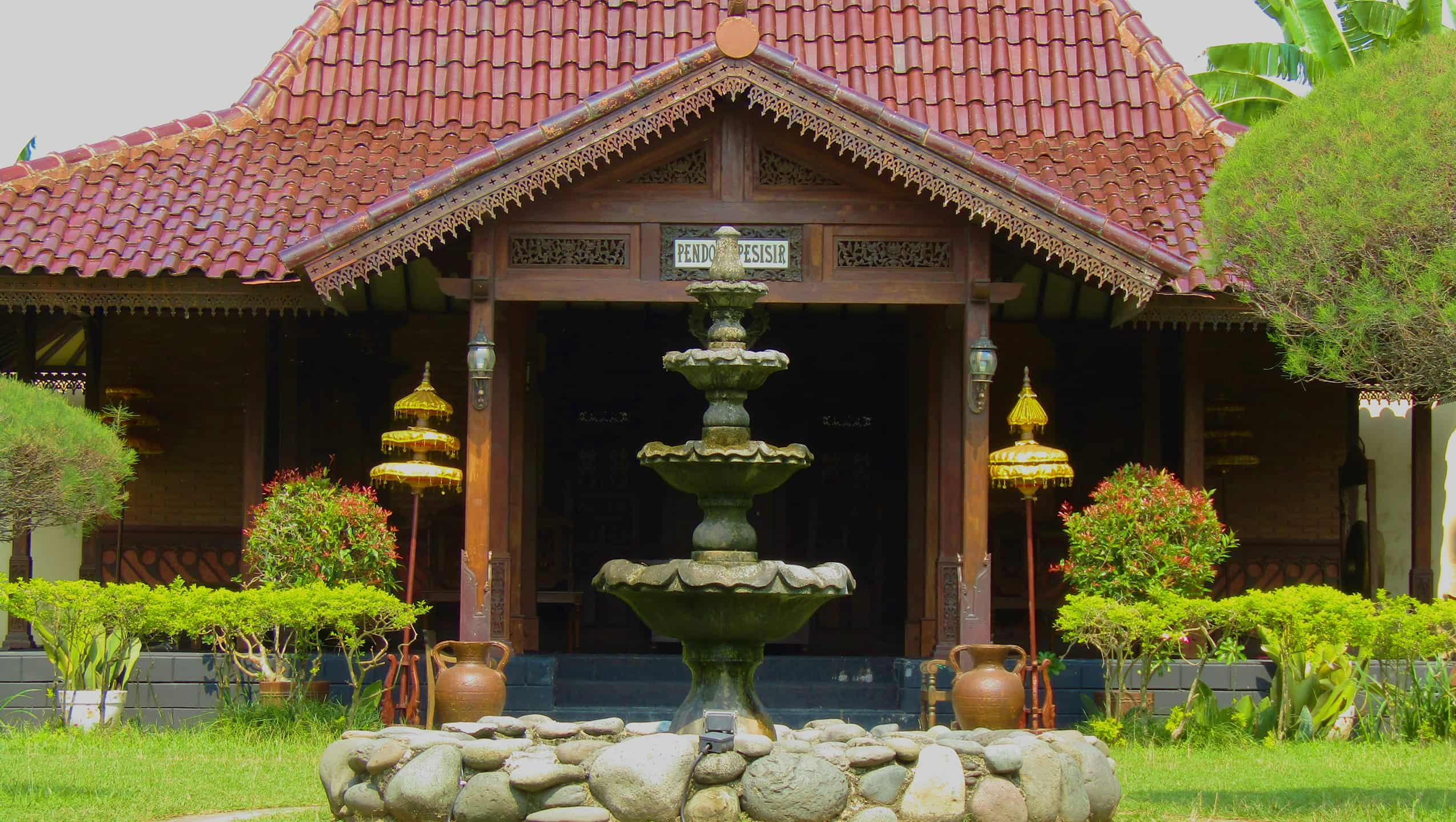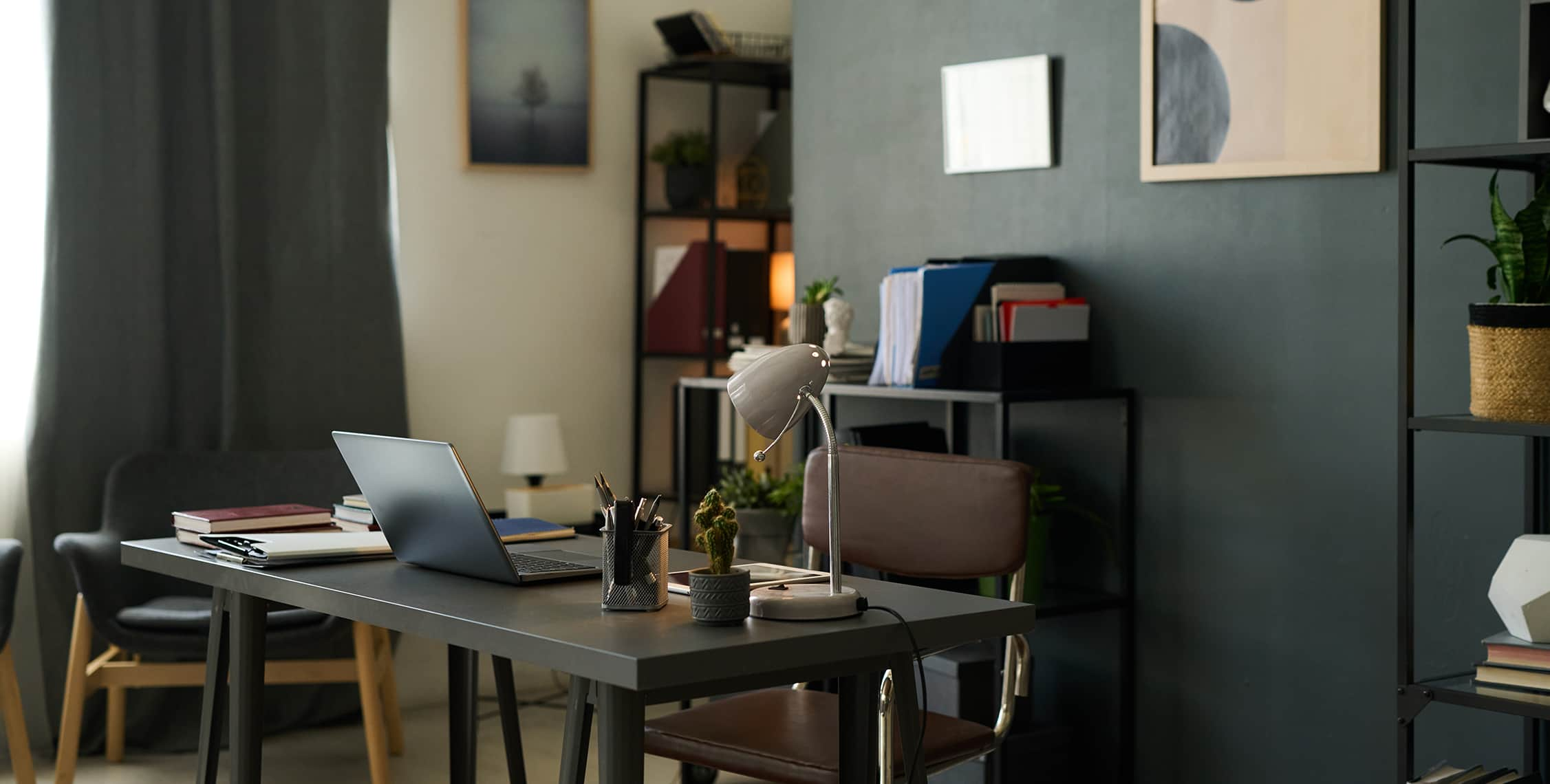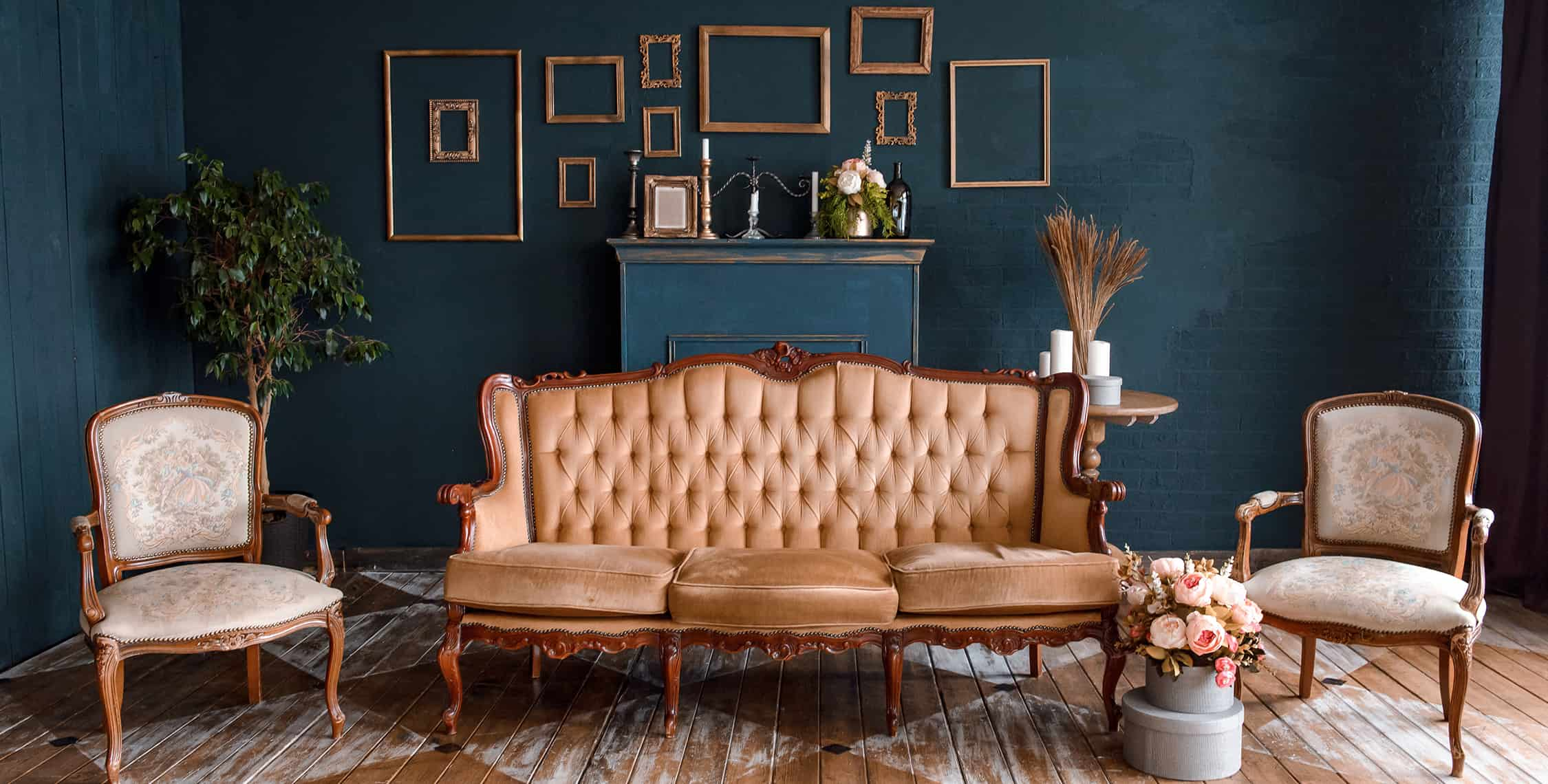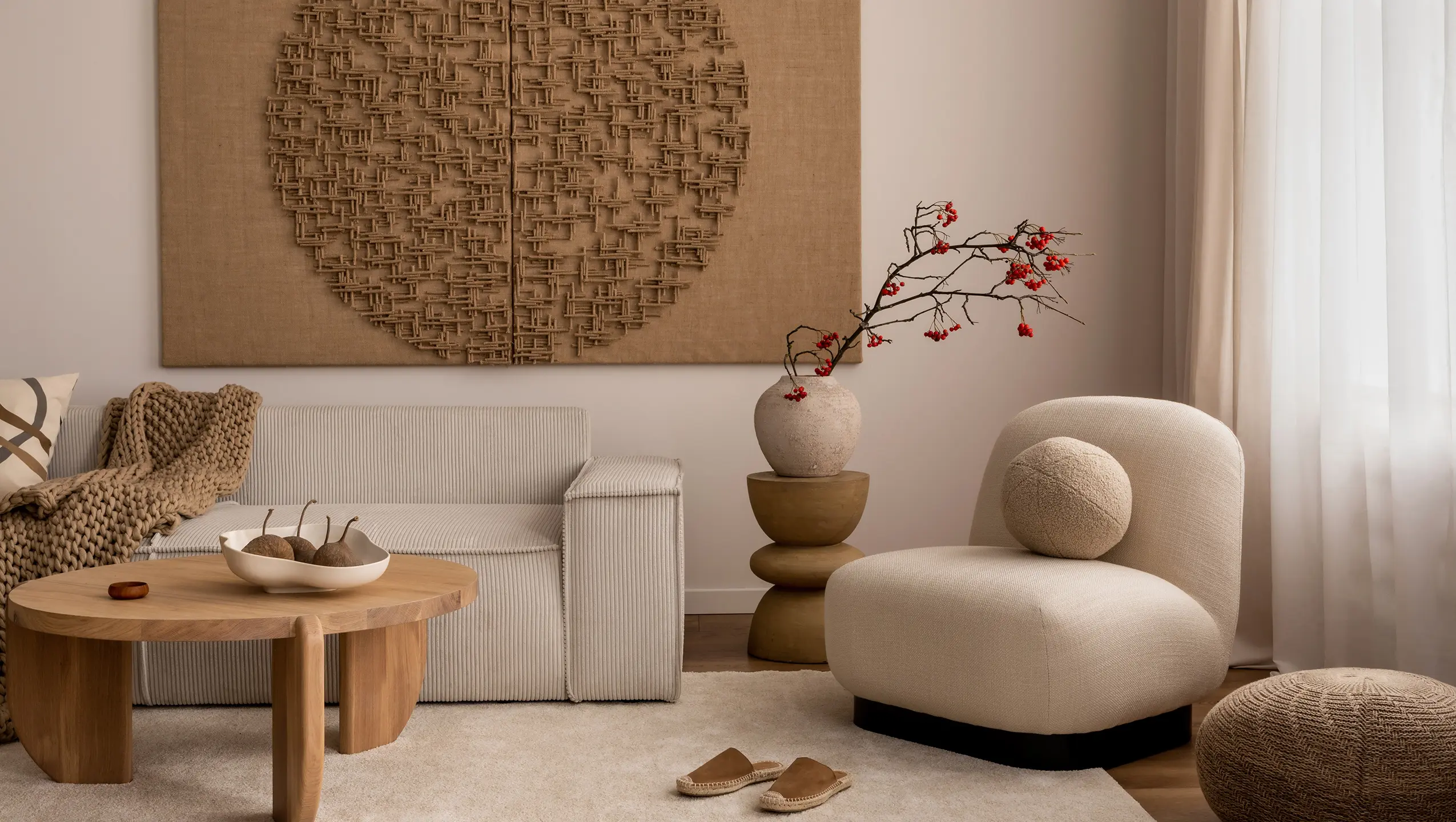Vernacular architecture is an intriguing design concept because it emphasizes the use of materials and construction techniques adapted to the climate, environment, and local culture. The term refers to buildings constructed with consideration of the local community's needs and utilizing available resources from the surrounding area. In Indonesia, vernacular architecture has become an integral part of the nation’s history and culture, creating unique homes that reflect the local way of life. Let's explore more about vernacular architecture in the following discussion.
What is Vernacular Architecture?
Vernacular architecture is a design approach that uses materials, forms, and construction techniques based on local traditions while considering the surrounding natural conditions. In this context, architecture is not only about aesthetics but also about how buildings function effectively within their environment. This concept focuses on efficiency, sustainability, and the availability of materials around the construction site.
Vernacular architecture is a manifestation of the cultural and natural diversity found in a region. Unlike modern architecture, which is largely influenced by global trends, vernacular architecture prioritizes authenticity and harmony with the local environment. Every building is designed to address the practical and social needs of its inhabitants and often reflects the cultural identity of the region.
Characteristics of Vernacular Architecture
Vernacular architecture has several distinguishing features that set it apart from other architectural styles. Below are the main characteristics of vernacular architecture:
1. Use of Local Materials
One of the most noticeable characteristics of vernacular architecture is the use of local materials. The materials used are typically easy to find around the construction site and are durable and resistant to the local environmental conditions. In Indonesia, materials such as bamboo, wood, stone, clay, and coconut leaves are commonly used to build vernacular homes.
2. Adaptation to Climate and Environment
Vernacular architecture places great importance on climate and environmental factors. For example, in tropical regions like Indonesia, vernacular homes are designed to maximize natural ventilation and sunlight. These buildings often feature high roofs and wide vents to prevent hot and humid air and maintain comfortable indoor temperatures.
3. Simple and Functional Design
Vernacular architecture prioritizes functionality over aesthetics. Vernacular homes tend to have simple designs with open and flexible spaces to accommodate daily activities. However, this design still carries an aesthetic charm, radiating natural beauty and harmony with the surrounding environment.
4. Easy-to-Build Structure
Because the materials used are readily available and the construction techniques are simple, vernacular homes are generally easy to build and do not require specialized skills or advanced tools. This makes vernacular architecture a cost-effective and practical option, especially in underdeveloped areas.
5. Connection to Local Culture
Vernacular architecture is also strongly linked to local culture. Every house design reflects the values and traditions of the community. For example, the traditional roof shapes in Bali have specific philosophies and symbolism, or the stilt houses in Kalimantan that align with the local way of life.
Examples of Vernacular Architecture in Indonesia
Vernacular architecture in Indonesia is incredibly diverse, reflecting the country’s many ethnic groups, cultures, and climates. Each region in Indonesia has its own unique vernacular architectural style that mirrors the local environment and cultural practices. Below are some examples of vernacular architecture in Indonesia:
1. Joglo House (Java)
The Joglo house is one of the most famous examples of Indonesian vernacular architecture, especially in Java. It features a large, towering roof and sturdy columns. The structure of the Joglo house is designed to face a direction considered auspicious according to Javanese beliefs. The house also uses wood, a readily available material, and its design is highly adaptable to the tropical climate.
2. Gadang House (Minangkabau)
The Gadang house is a traditional dwelling of the Minangkabau people, characterized by a curved roof with upward-arching ends. Typically made of wood and bamboo, with slightly elevated floors to prevent moisture, the Gadang house not only serves as a living space but also symbolizes the strength of the family and Minangkabau customs.
3. Stilt Houses (Kalimantan and Sumatra)
Stilt houses are a common example of vernacular architecture in the inland regions of Kalimantan and Sumatra. These homes are built on tall posts to avoid flooding and to provide protection from insects and wild animals. The structure is typically made of wood and bamboo, with a very simple and functional design.
4. Balinese House (Bali)
Traditional Balinese houses are deeply rooted in Balinese culture and Hindu religion. These homes are typically made of stone, wood, and bamboo, with a central courtyard as the heart of family activities. The roofs are usually made from coconut leaves or palm fronds, and the walls are often open to maximize airflow. Balinese houses also carry a deep philosophical connection to the balance of the universe.
5. Toraja House (Sulawesi)
The traditional Toraja house, known as "Tongkonan," features a distinct roof shape that curves upward like an inverted boat. Built from strong, durable hardwood, these houses are adorned with symbolic carvings that have specific meanings for the Toraja people. The Toraja house serves not only as a dwelling but also as a symbol of social status and family ties.
Advantages of Using Vernacular Architecture for Modern Homes
Applying the principles of vernacular architecture to modern homes offers numerous advantages, including aesthetic, functional, and sustainability benefits. Some of these advantages include:
- Adaptation to Local Climate: Homes built using vernacular architecture principles tend to be more comfortable because their design is tailored to the local climate. For example, vernacular homes in Indonesia are designed to handle tropical heat by using natural ventilation and high roofs that facilitate good airflow.
- Environmentally Friendly Use of Local Materials: Vernacular architecture uses locally available materials, which reduces the environmental impact of material transportation and minimizes the use of synthetic materials. This also promotes sustainability by utilizing renewable natural resources.
- Unique and Cultural Aesthetics: Homes designed with vernacular principles not only function well but also have high aesthetic value, as they incorporate distinctive local cultural elements.
- Cost Efficiency: Since vernacular homes use locally available materials and simple construction techniques, they are often more affordable to build compared to modern homes that require expensive materials and advanced technology.
Vernacular architecture is a design concept rich in tradition and deeply rooted in local cultures, characterized by the use of local materials, climate adaptability, and a strong connection to the surrounding environment. In Indonesia, many examples of vernacular architecture are still preserved, such as the Joglo, Gadang, and Toraja houses, each with its own unique beauty and significance. With its focus on sustainability and harmony with nature, vernacular architecture remains relevant today.
Although vernacular homes are often associated with natural materials, you can still incorporate modern elements like Vellino granite to add an elegant touch to your home. Vellino granite is known for its excellent quality and ease of maintenance, making it ideal for various parts of your home, including kitchens, bathrooms, and floors. This granite not only enhances the beauty of your home but also brings a luxurious feel that complements the natural elements like wood and other materials in your vernacular home design.
Popular Products
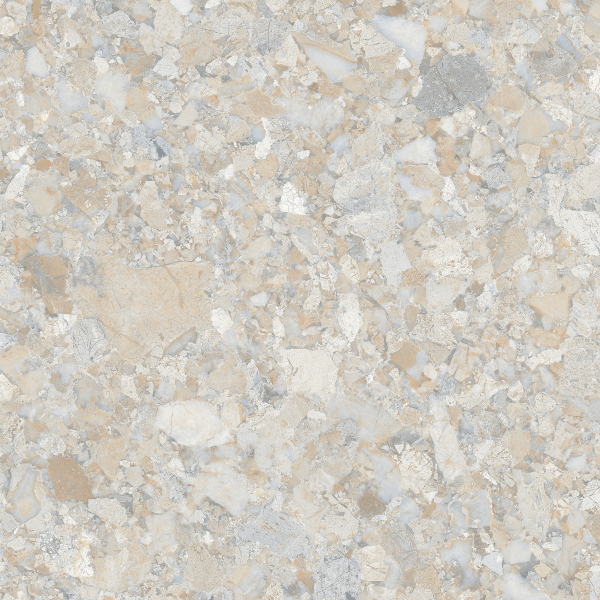
THETA VINCENT BEIGE
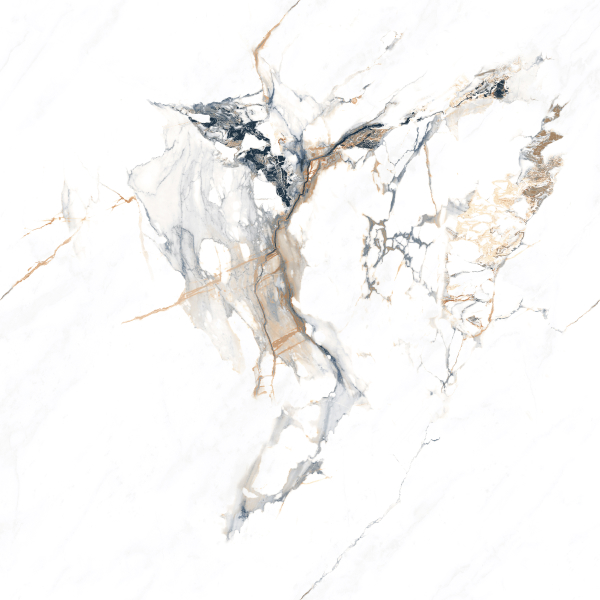
THETA NICOLLI WHITE
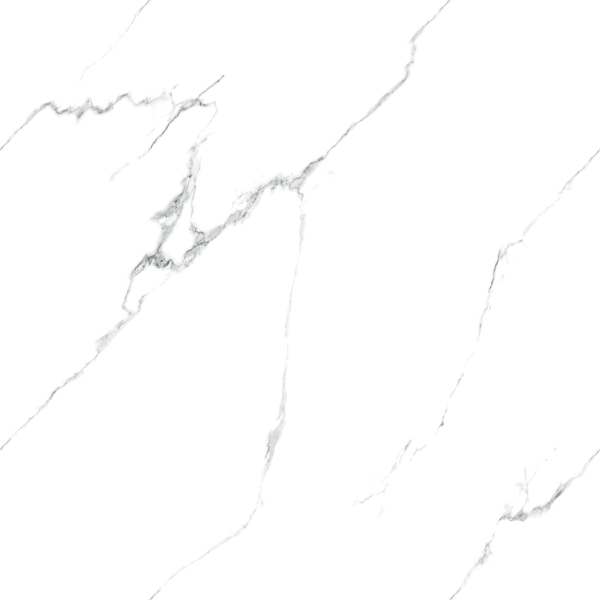
THETA RAFFINATO WHITE
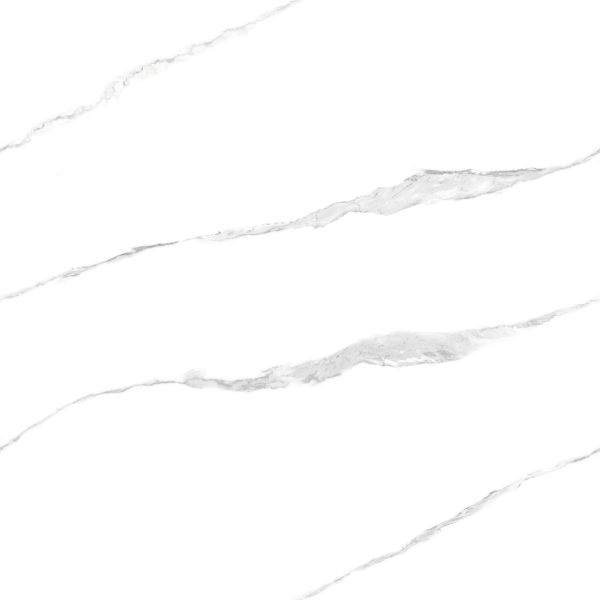
THETA GIARDINO WHITE
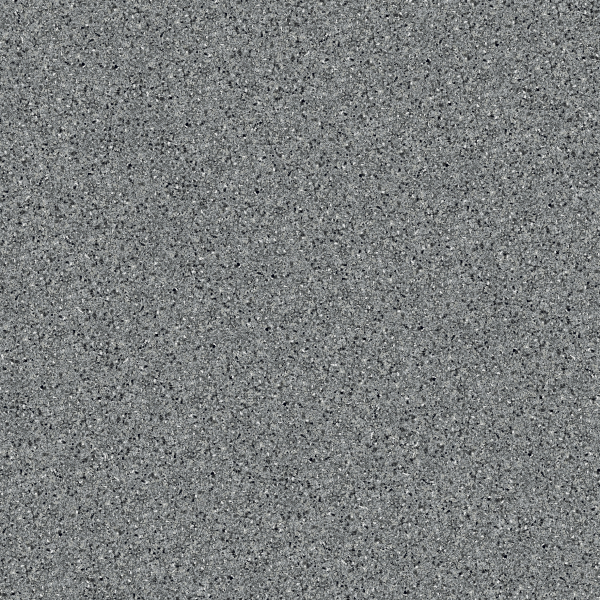
RUSTIC AVIRA CHARCOAL

